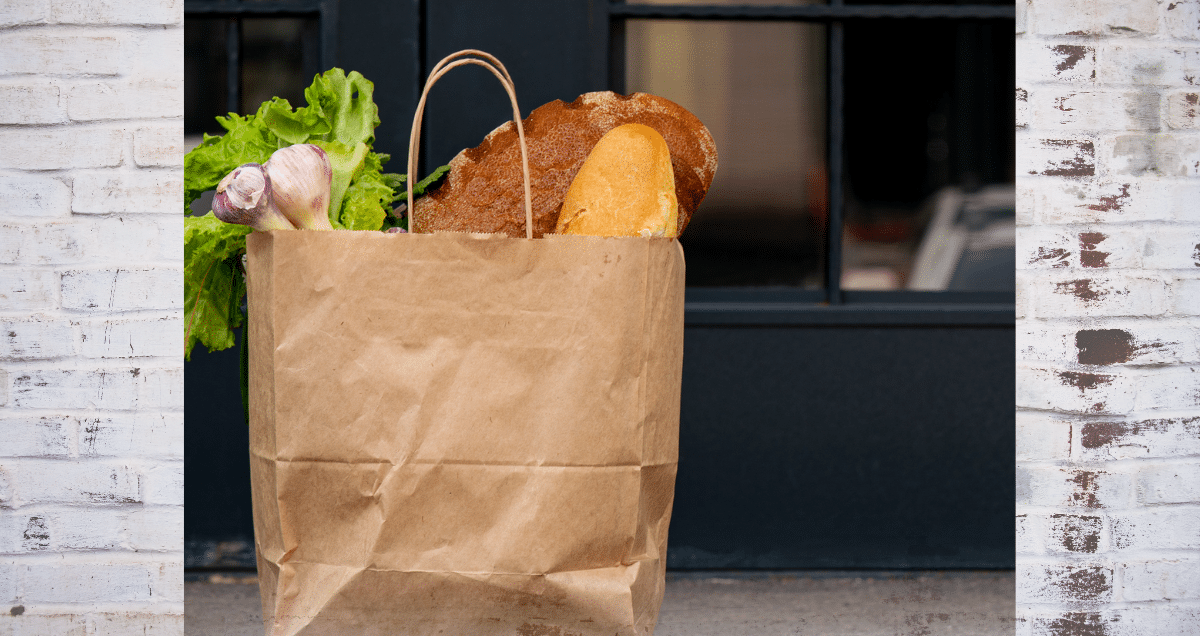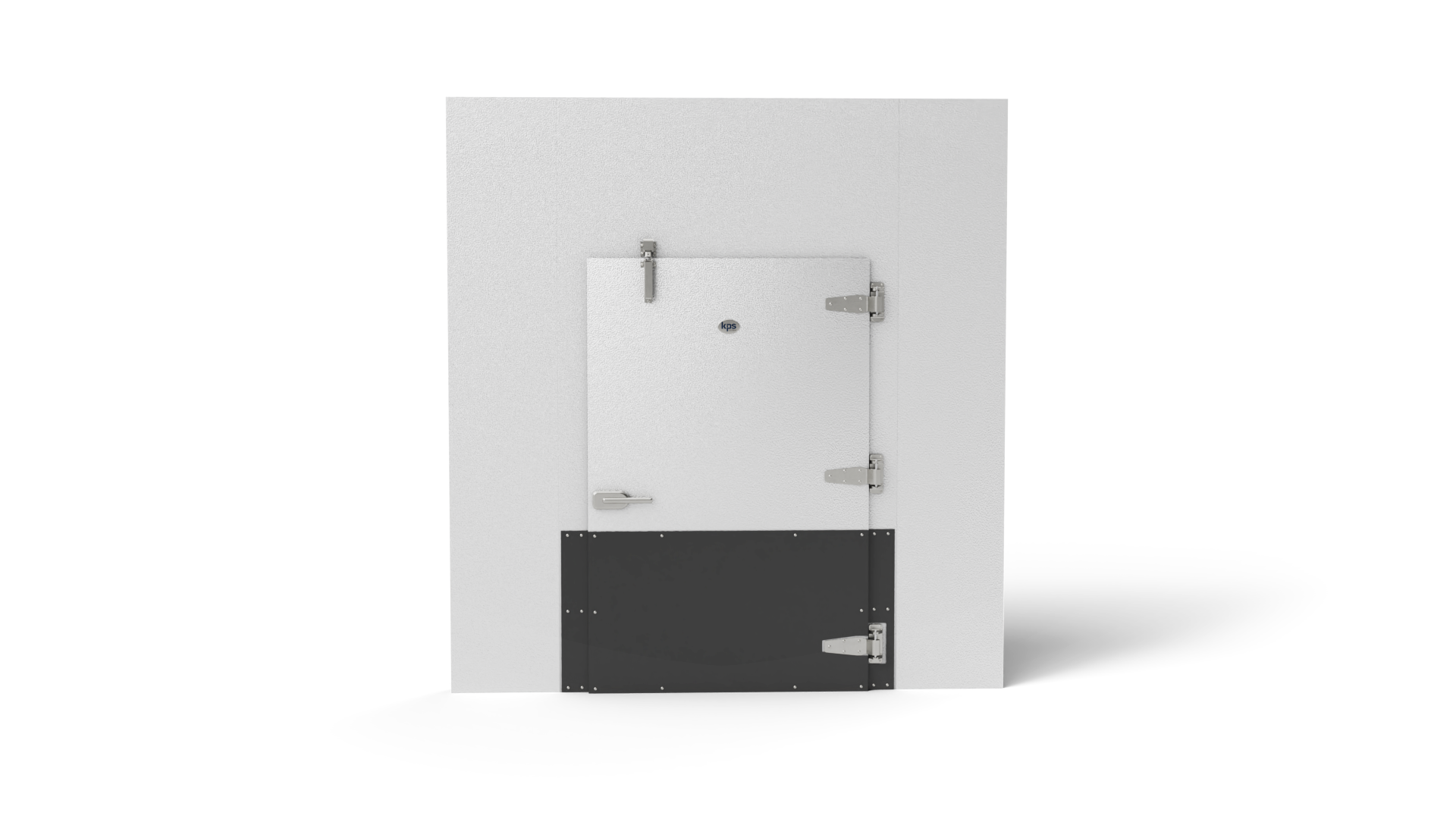In an age of privacy and protecting information, Instacart has managed to get retailers to agree to using a service for Online Grocery that may very well be used against them. What is the most valuable piece of information you have? Your customer data. If you work with Instacart, or any third-party delivery services, they have yours.
Don’t blame Instacart. Instacart makes it easy to get in the game. Take control of your Online Grocery fulfillment strategy. It’s hard to set strategy and execute but invest in yourself. Pick a path that is controllable and fits your brand identity. One that your customers have and will stand behind. Steven Duffy with Cuhaci & Peterson suggests you “Transform the experience through automation – Manual fulfillment is expensive, inefficient, costly. Automation is a real challenge for many grocers, viewed as complex, lacking an ROI. But it’s only one of the drivers of change. Today we see many Drivers of Change altering the Retail-Grocery landscape. Grocers need to consider the power of experience: Connecting Technology Convenience, Fresh Foods, logistics transformation, and the benefit of being local.”
Connect with our knowledgeable team of experts who can deliver end-to-end solutions providing clarity and finding the right balance between strategy and tactical. We’re here to help you successfully navigate the maze of automating eCommerce fulfillment strategy.
So how do you regain independence from third parties? Kevin Coupe from MorningNewsBeat has some opinions on how to do that.
How should a retailer break up with Instacart?
As with so many things, the first step is the hardest: Make the decision, and understand why.
Again, let me count the ways.
The Instacart business model is a brilliant one – for Instacart. For you, not so much.
By outsourcing your e-commerce business to Instacart, you give it access to your customer list, your transaction records, and provide it with the opportunity to weaponize your data against you. (It has done this. Call me if you have doubts.) You put Instacart in the position of being able to open dark stores that can not only serve your customers, but also can disintermediate you out of the relationship. (DoorDash is already doing this with its new DashMart offering.)
You are allowing an outside company to own a part of the customer experience that will reflect on your brand, giving it the ability to subvert your value proposition and eventually assimilate your shoppers.
You also are in bed with an e-commerce company that may be doing business with all or many of your competitors. Quick, tell me what is differentiated about that.
It may seem like I am trying to scare you. I am.
Step two: Find an outside vendor that not only pledges to support your brand in every way rather than its own, but also is willing to write that into your contract.
Step three: Accept the fact that this is is going to cost time, money and effort. You may have to rework parts of your store to allow for efficient picking of product, pickup by shoppers, and efficient delivery. You may have to buy or lease a truck or two, and dedicate some employees to the effort. (I’d make sure the person or people with responsibility for this initiative are people resistant to saying, “But that’s the way we’ve always done it.”
Breaking up with Instacart is hard to do. And complicated. Probably frustrating. But to quote the great Jimmy Dugan (Tom Hanks) in A League of Their Own, “It’s supposed to be hard. If it wasn’t hard, everyone would do it. The hard is what makes it great.”
It also is critical – assuming, of course, you want to continue having a differentiated value proposition.



